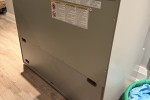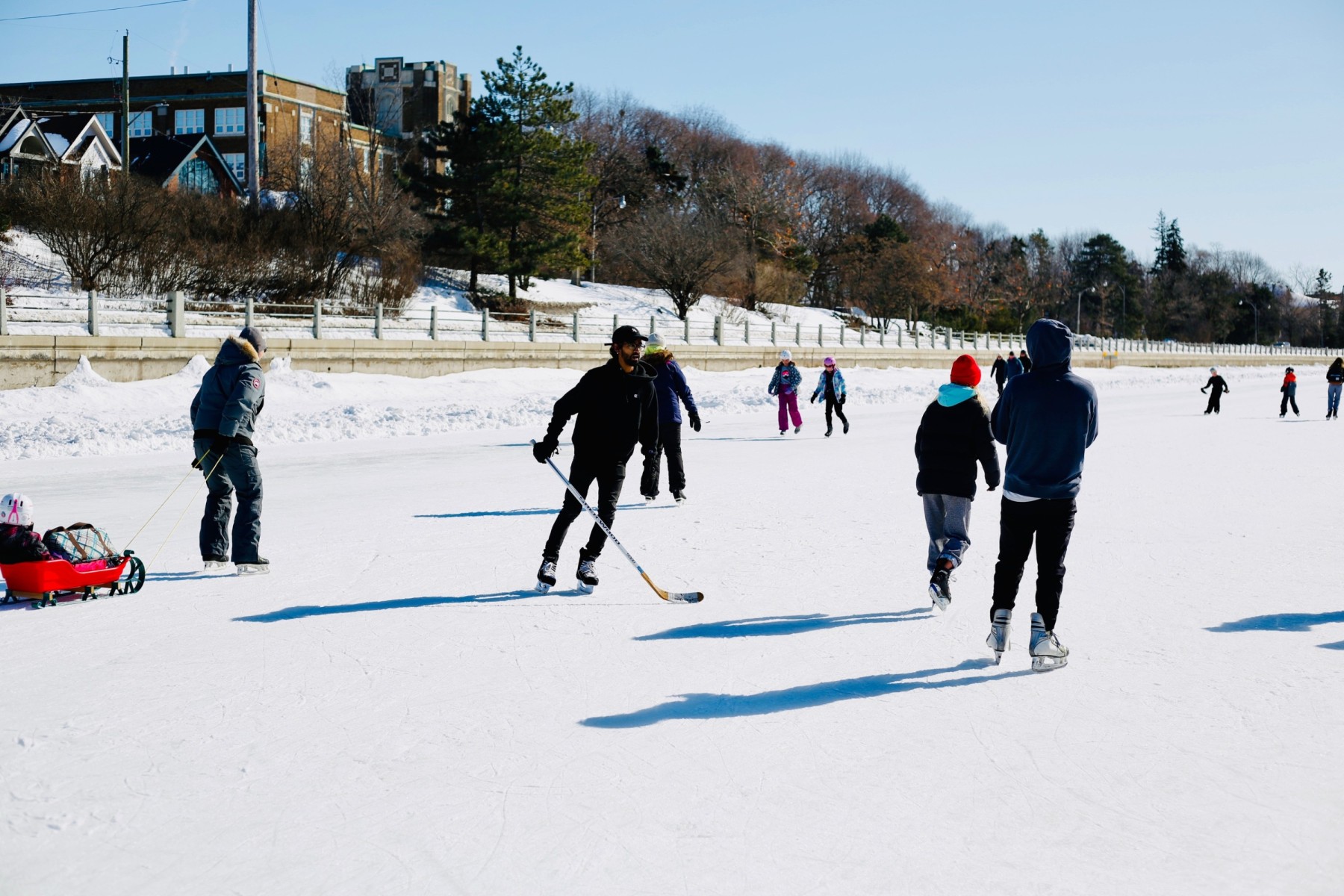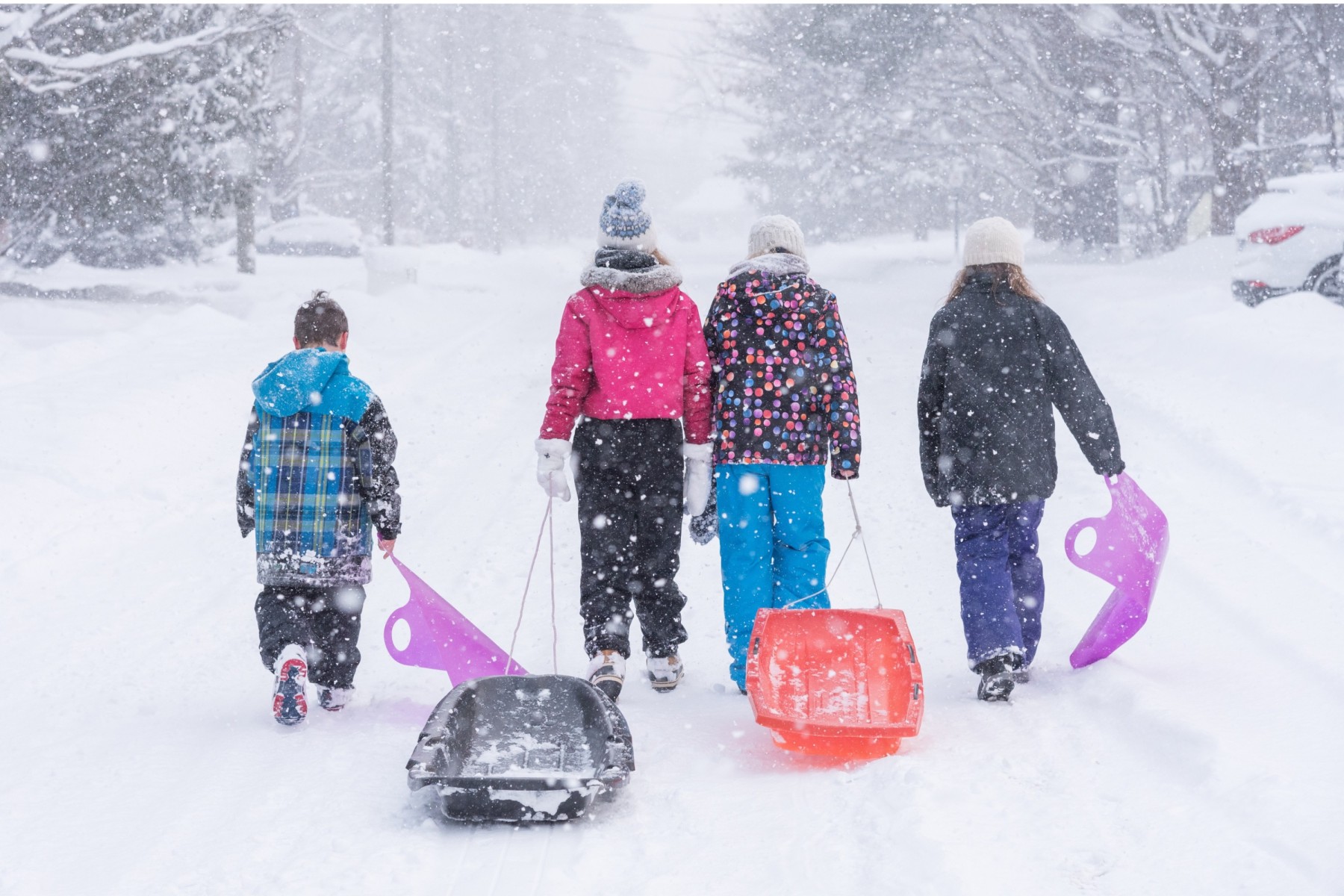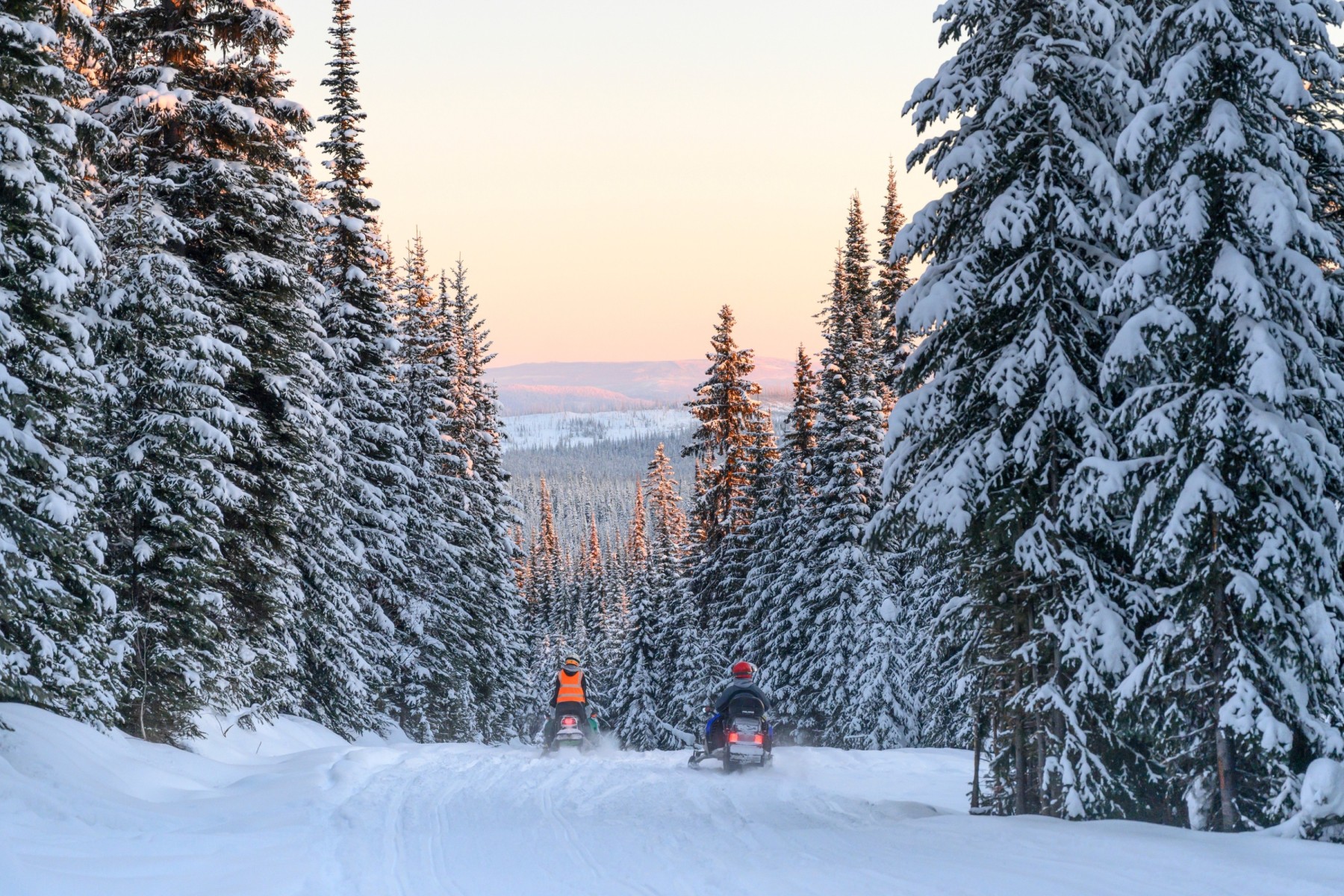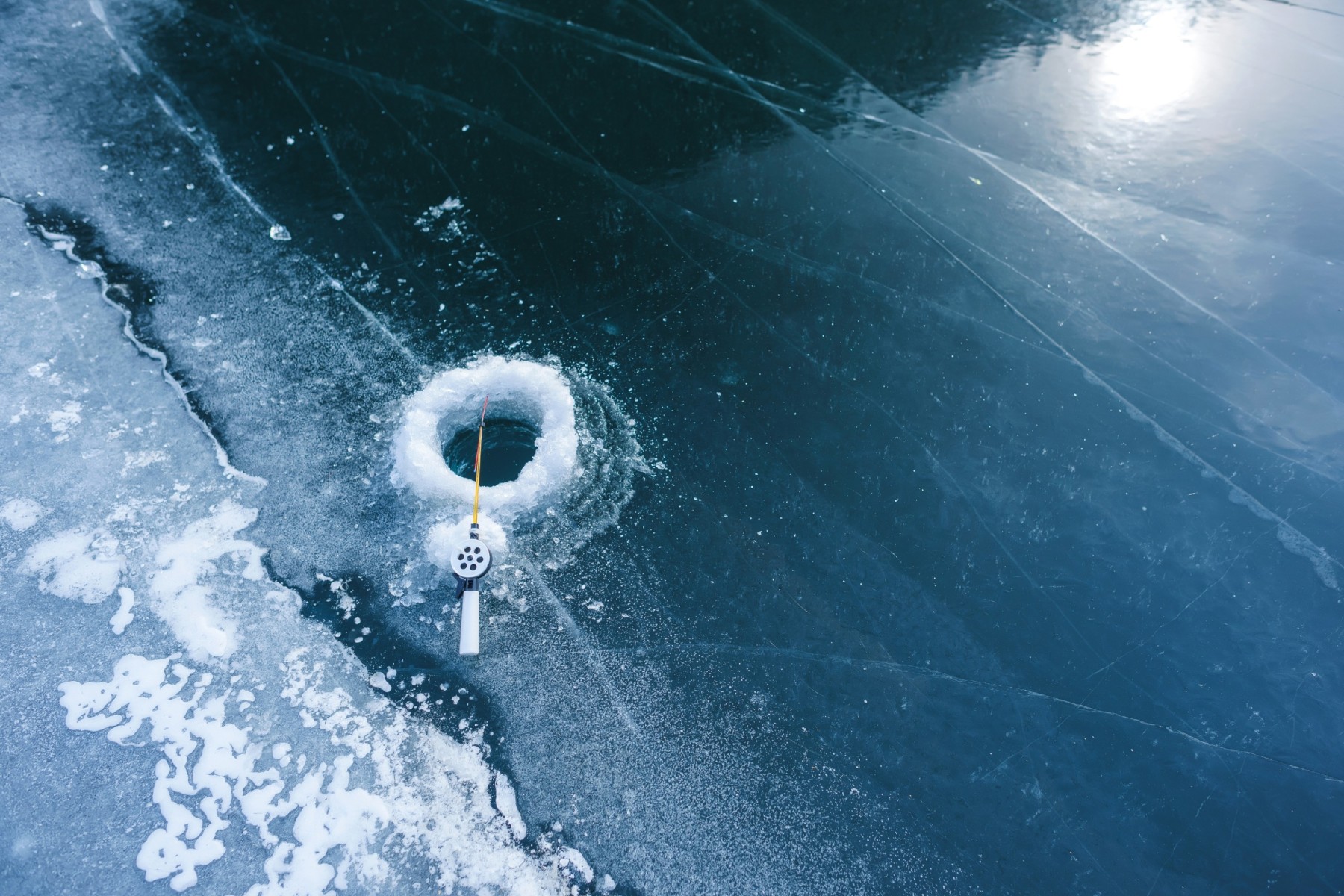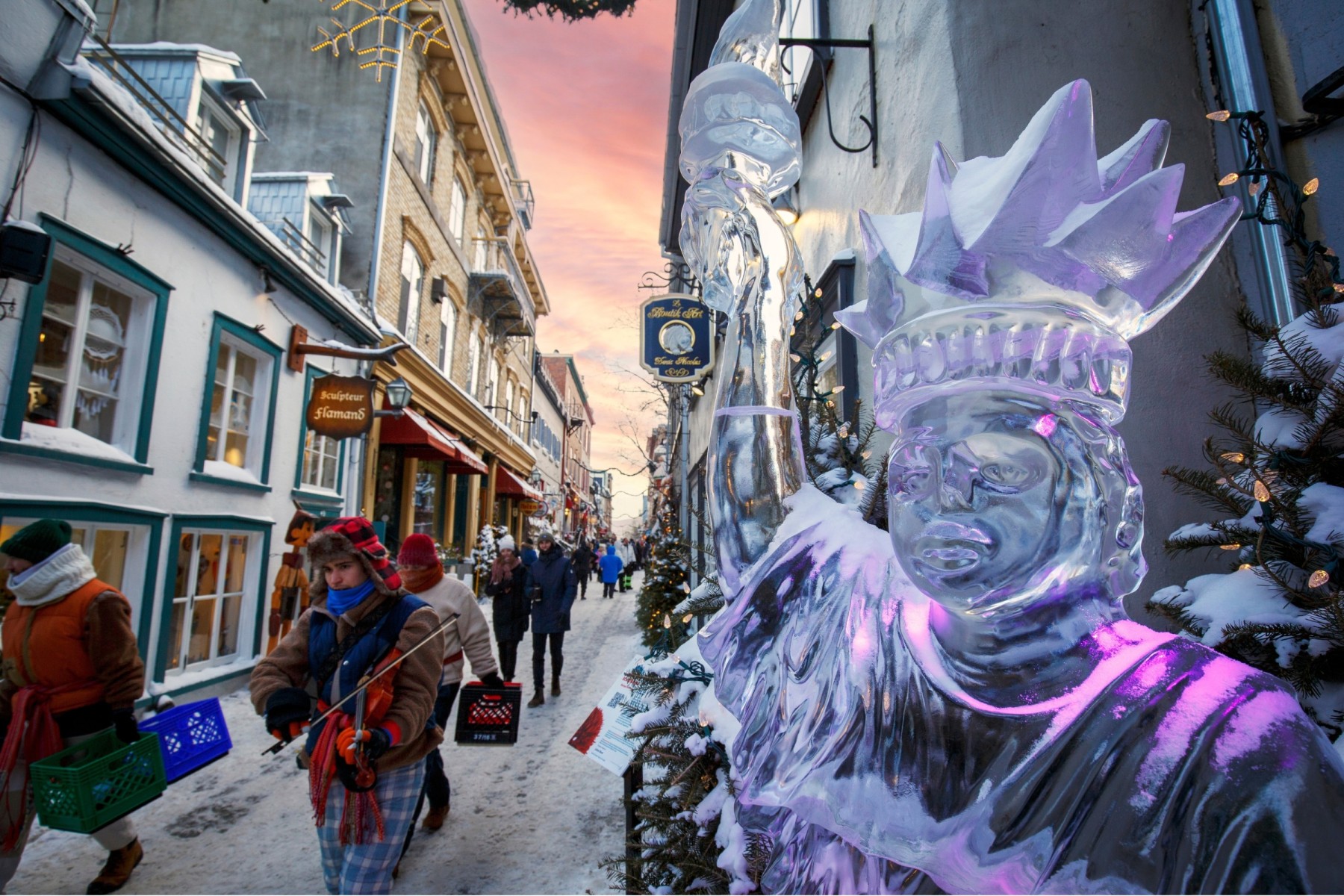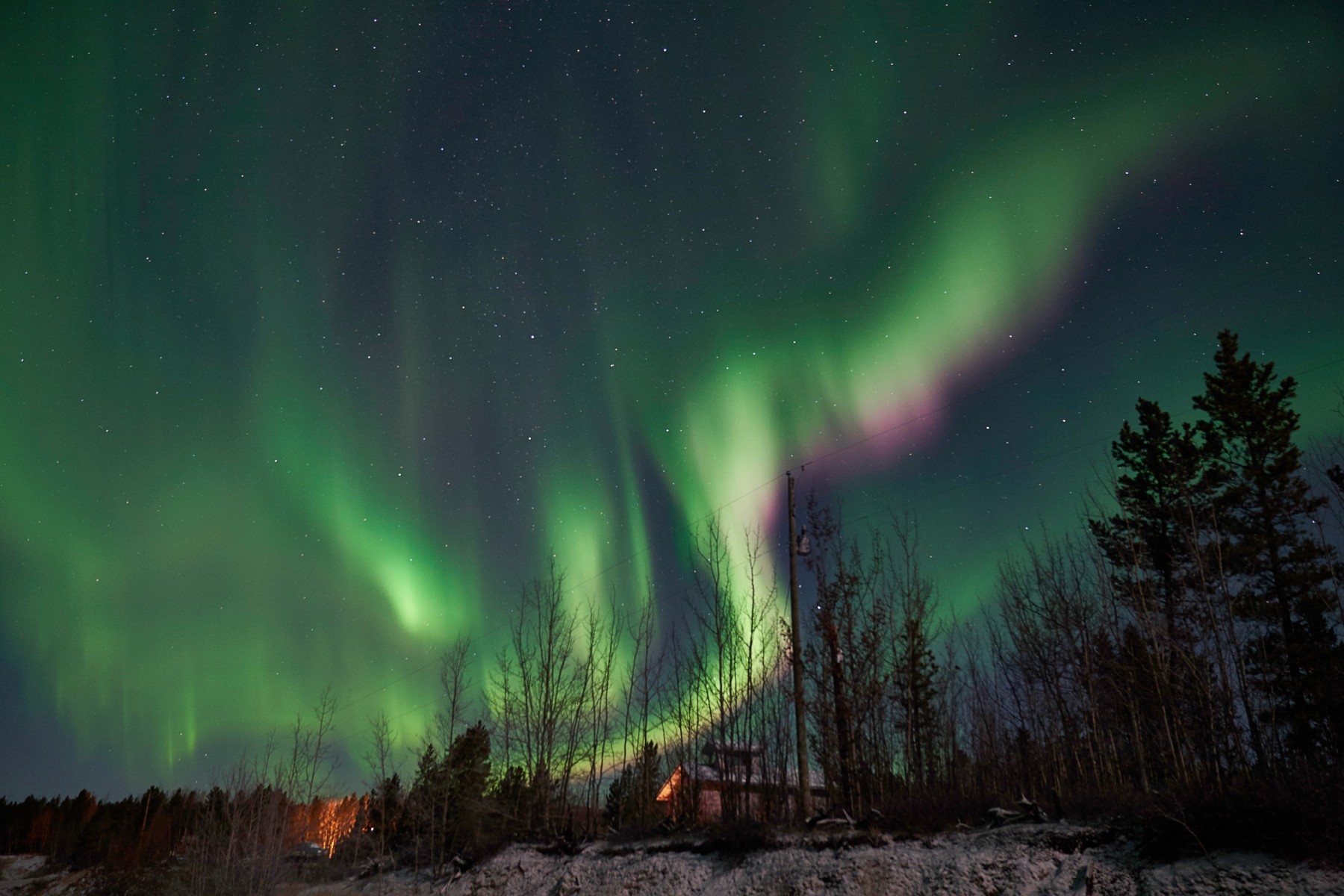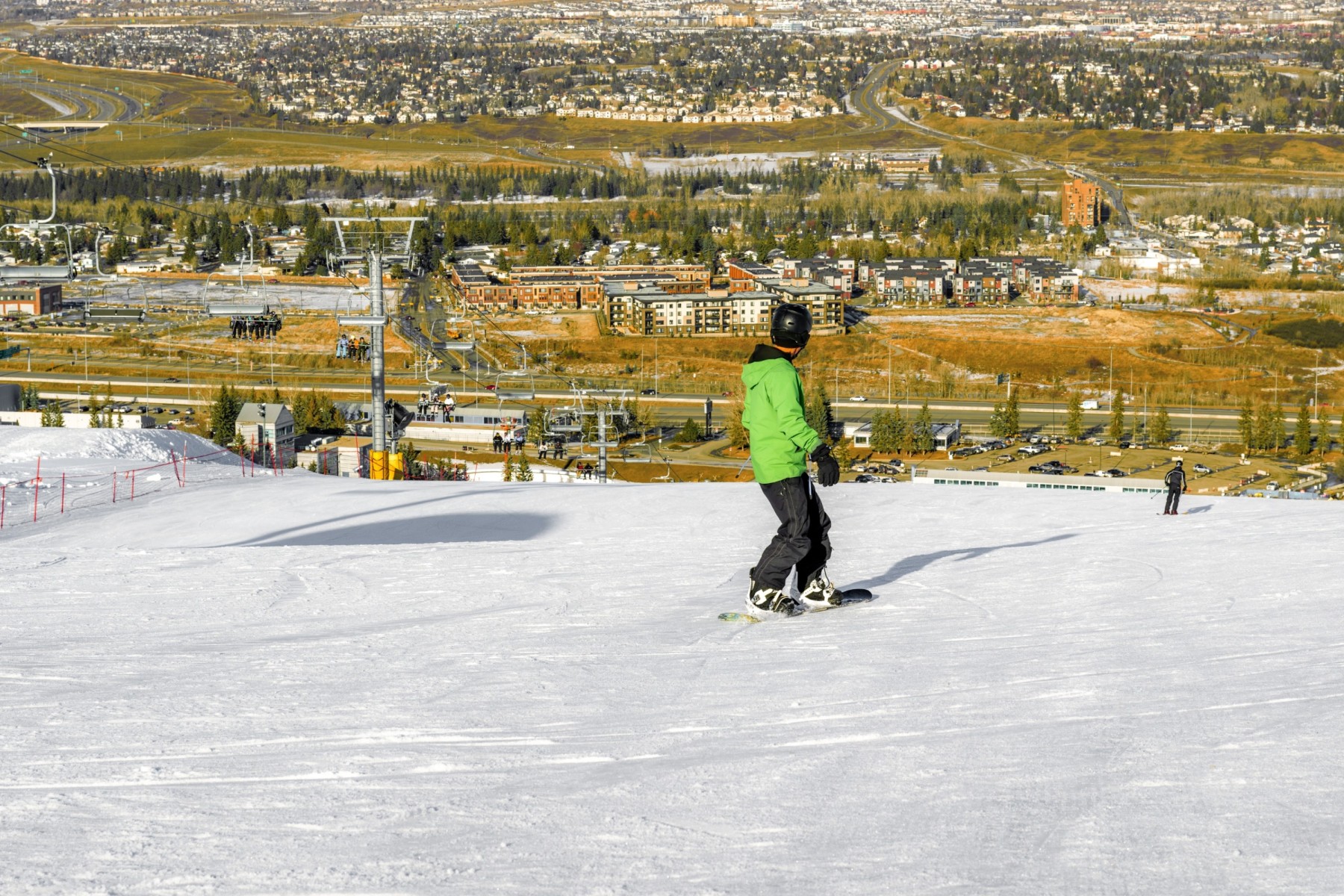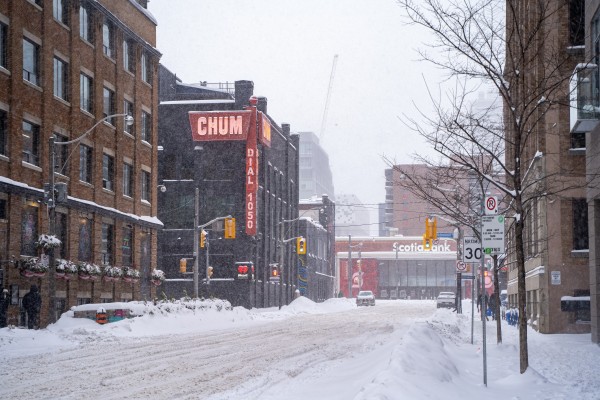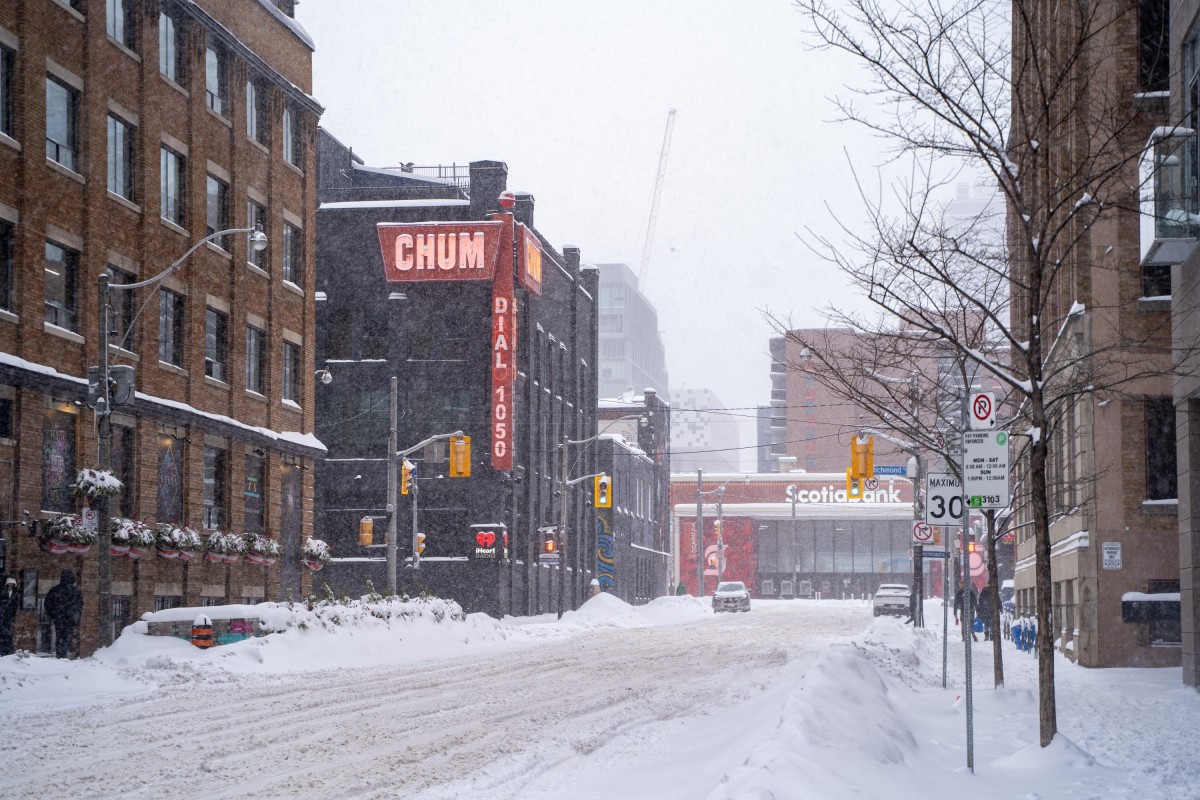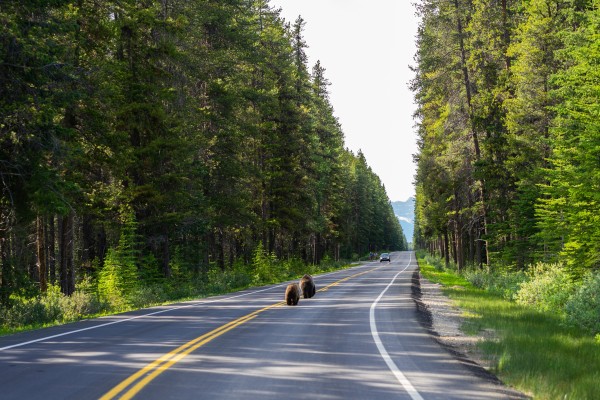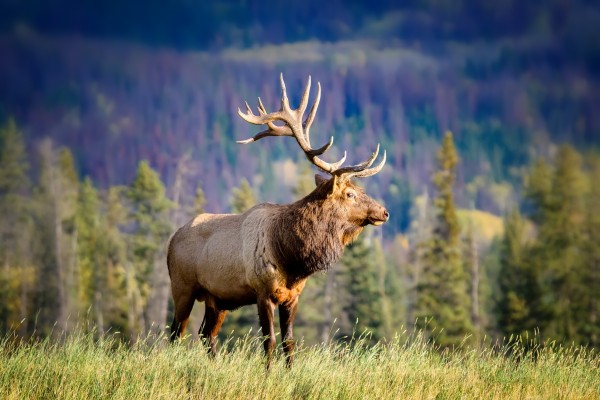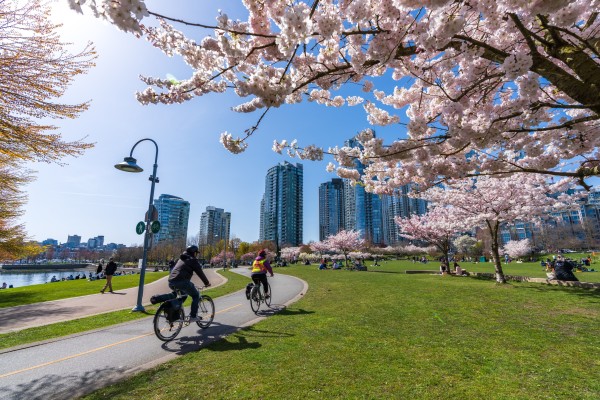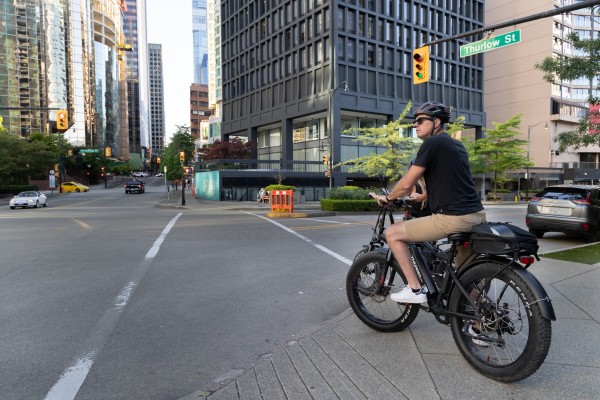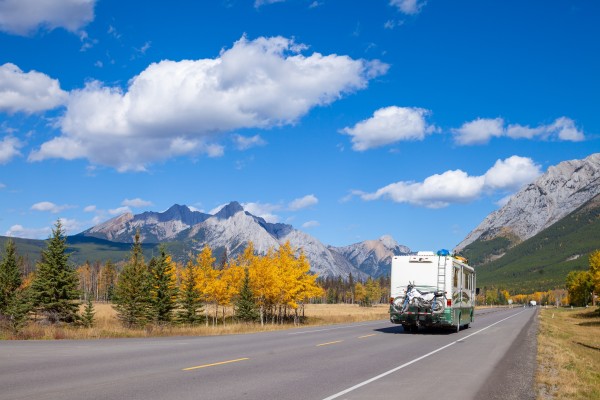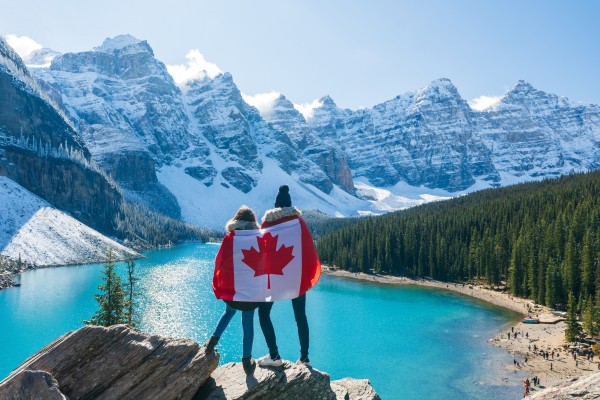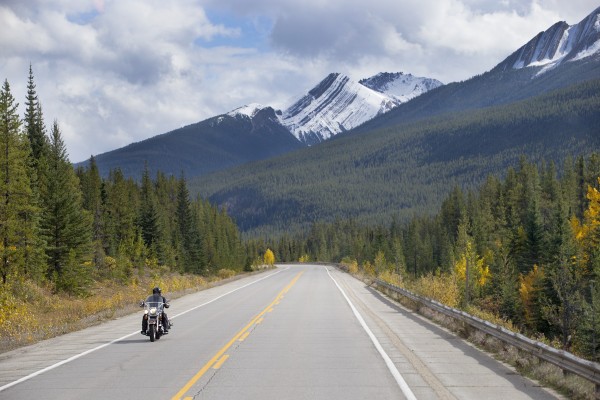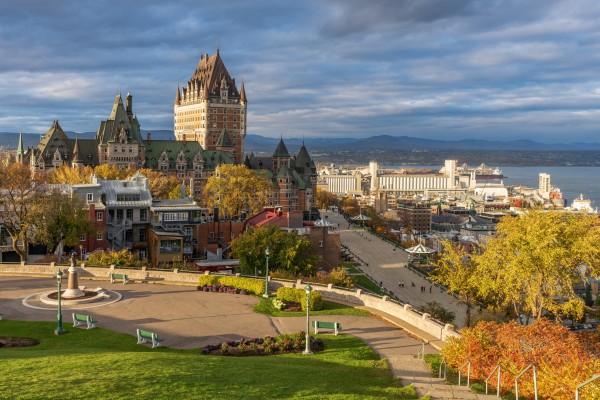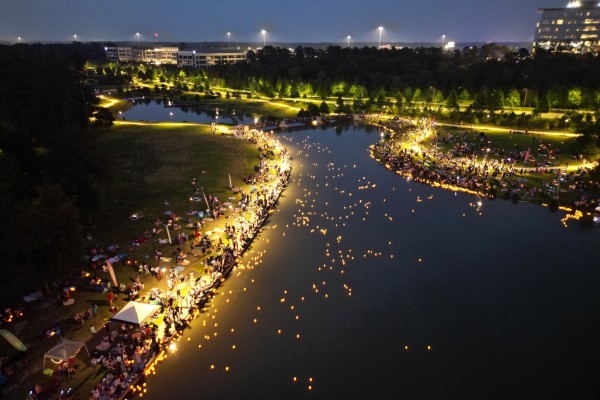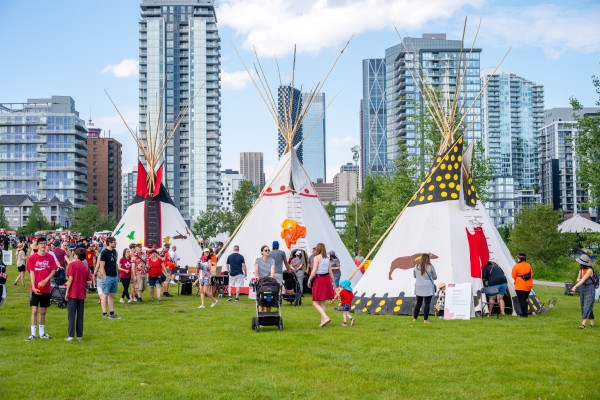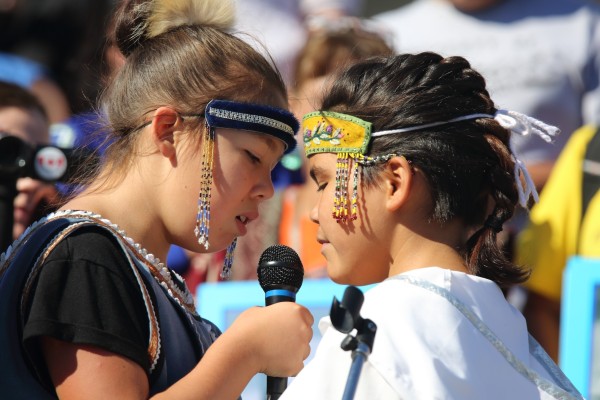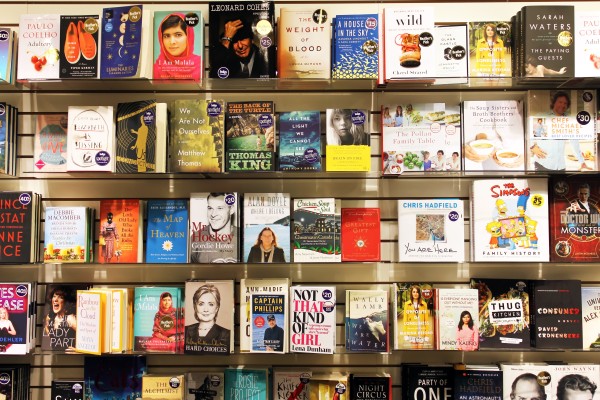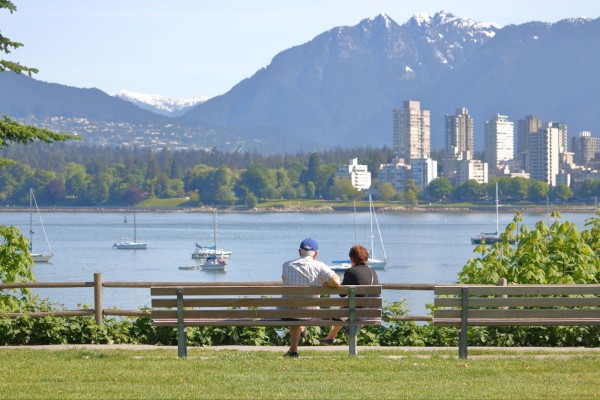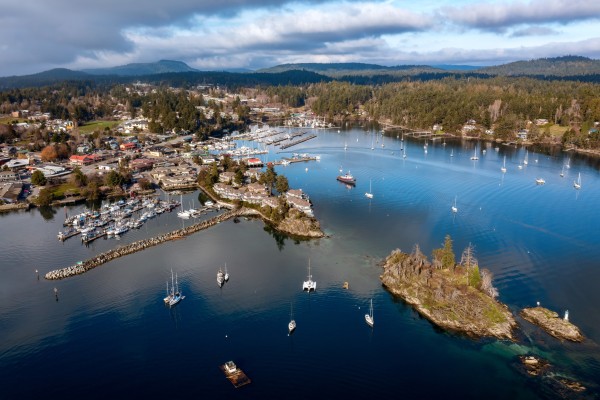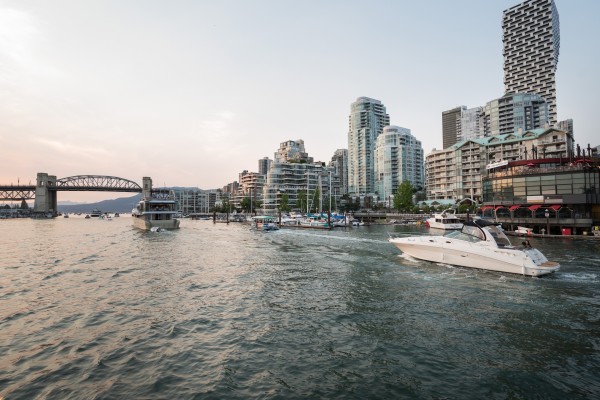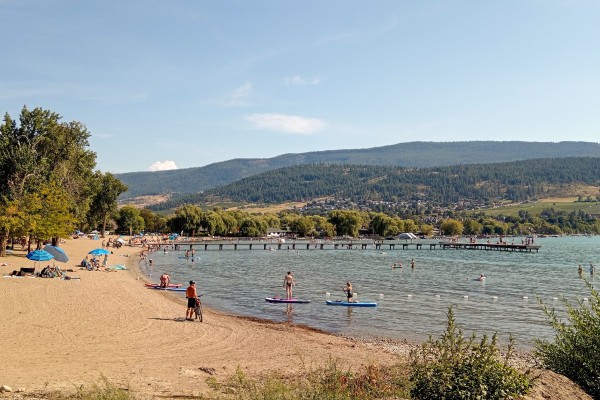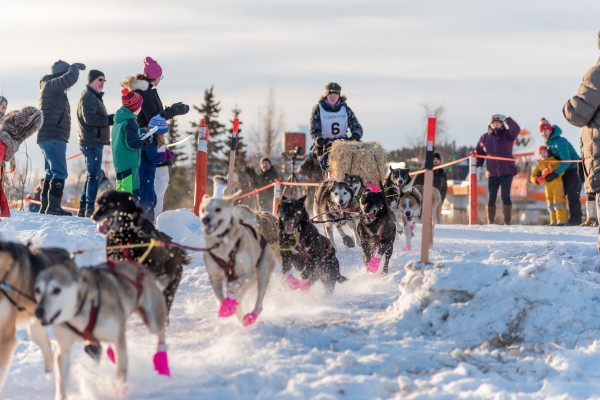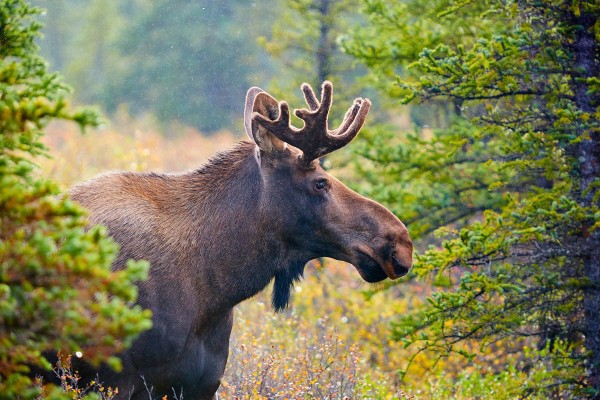A guide to outdoor winter activities in Canada

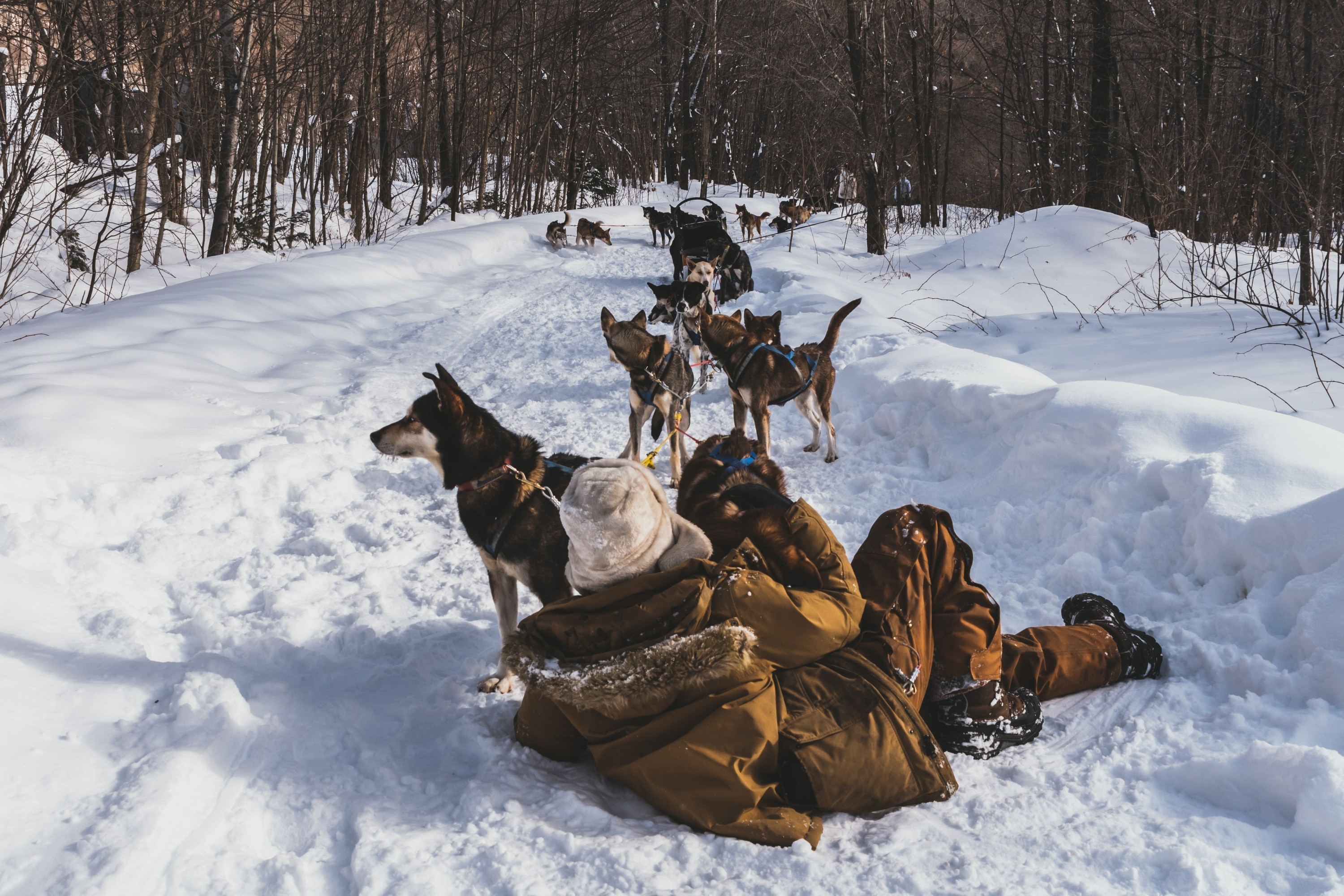
Canadians make the most of their long, cold, snowy Northern winters by filling their time with fun outdoor winter activities. Some of these, like traditional dog sledding, snowshoeing, and ice fishing, have been practiced by Indigenous communities for thousands of years. Others, like downhill skiing, snowboarding, and snowmobiling, are more modern additions.
Use this guide to get on board with the best winter activities in Canada. They’re fun, accessible, and perfect for the whole season.
Classic Canadian winter sports
To say that Canadians are passionate about these activities is an understatement. Some winter sports are synonymous with Canadian culture. For example, hockey has become a Canadian symbol. Then there’s world-class skiing and snowboarding. Enthusiasts from around the world flock to Canada to hit the slopes in the winter months.
Ice skating
Iroquois and other Indigenous nations used sharpened animal bones as blades to skate on ice, long before the British officers brought steel-bladed skates to Canada in the 1840s. This then led to the development of commercial skating rinks in the 1850s. Today, Canadians enjoy ice skating on frozen lakes, backyard rinks, indoor arenas, and the iconic Ottawa Canal.
- Cost: Free on outdoor rinks; CA$5–CA$10 at indoor arenas (plus CA$10–CA$20 for skate rentals)
- Top locations: Rideau Canal (Ottawa), Lake Louise (Alberta), The Forks (Winnipeg)
Hockey
Hockey is Canada’s favourite winter pastime. Canadians of all ages flock to the ice when temperatures drop. Outdoor hockey is more than a sport. It's how communities come together to cope with the cold and stay active.
- Cost: Free on outdoor rinks if you have gear. Public rinks charge anywhere between CA$5 and CA$10, with rentals for an additional CA$10 to CA$20.
- Where to play: Backyard rinks, frozen ponds, public arenas, and natural settings like the Rideau Canal (Ottawa), Lake Louise (Alberta), and Riverdale Park (Toronto)
Skiing and snowboarding
Skiing in Canada started with Norwegian and Scandinavian immigrants in the 19th century. Initially used for transport, it evolved into both recreation and competition.
Today, Canada boasts world-renowned ski resorts like Whistler, Banff, Lake Louise, and Mont Tremblant, plus countless smaller hills. Most resorts have terrain for every level, including bunny hills for kids and beginners.
- Cost: Between CA$80 and CA$150 per day for lift tickets. Additional equipment rental of around CA$40 to CA$60.
- Top locations: Whistler Blackcomb (BC), Mont Tremblant (QC), Blue Mountain (ON), Big White (BC)
Family-friendly winter activities
These gentle winter activities focus on fun and pair nicely with a bonfire, roasted marshmallows and hot chocolate.
Tobogganing and sledding
Tobogganing originated with First Nations peoples of Canada, who used these wooden sleds for survival and transport over snow. Today, sleds are used recreationally and come in all shapes, from plastic saucers, carpet, and "snow racer" sleds. Sledging is affordable and just as fun for adults as it is for children.
- Cost: Free to CA$20, depending on the sled rental and park entry
- Top locations: Riverdale Park (Toronto), Mount Royal (Montreal), Citadel Hill (Halifax)
Snowshoeing
Snowshoeing in Canada dates back thousands of years, with the first written accounts appearing around 1608. Indigenous communities used them for hunting and transport. It is now a sport and recreational activity enjoyed by many, and a great way to explore areas of wilderness inaccessible by roads.
- Cost: Around CA$15 to CA$30 per day (free in some parks with admission)
- Top locations: Algonquin Park (ON), Cypress Mountain (BC), Gatineau Park (QC)
Snow forts and snowmen
Snow forts, snowmen (and snowball fights) are classic forms of winter play in Canada. Easy to set up, they’re a fun way to keep active and spend more time outside in the winter.
Winter activities for adventurous thrill-seekers
There are always enthusiasts who take outdoor adventure to the next level. Here are a few of the more “extreme” winter activities enjoyed in rural and northern Canada.
Snowmobiling
Snowmobiling and “ski-dooing” are common winter activities in rural Canada and northern regions. It’s an exhilarating way to explore the wilderness through marked trails or even in backcountry terrain.
Organizations like the British Columbia Snowmobile Federation promote trail maintenance, public access and responsible use.
- Cost: Approximately CA$150 to CA$300 per day for rentals and gas
- Top locations: Golden (BC), Muskoka (ON), Laurentians (QC), Fundy Highlands (NB)
Dog sledding
Dog sledding has been around for about 1,000 years, first developed by Indigenous peoples in northern Canada as a means of travel and hunting. In the late 19th and early 20th centuries, it was also used for mail delivery to remote communities.
Today, dog sledding is enjoyed as both a sport and a tourist activity. It’s a unique and history-laden way to explore the northern wilderness. Most sled teams are led by Alaskan Huskies, Siberian Huskies, or Alaskan Malamutes. These breeds are known for their love of running and resilience in cold weather. They are trained from a young age to work in teams, and reputable tour operators prioritize their health and well-being, ensuring humane treatment and proper rest.
You can either book a guided tour or enjoy it as part of a winter adventure package.
- Cost: Around CA$200 to CA$400 per tour (2–4 hours)
- Top locations: Canmore (AB), Mont-Tremblant (QC), Whitehorse (Yukon)
Ice climbing
Adrenaline seekers take advantage of frozen waterfalls, icy cliffs, and rugged, frozen mountain terrain to practice ice climbing. World-renowned Rocky Mountain locations in BC and Alberta draw climbers from around the globe. There are also guided tours that make the activity accessible to newcomers.
- Cost: Between CA$150 and CA$300 for guided climbs
- Top locations: Banff (AB), Kananaskis (AB), Field (BC)
Winter experiences that are uniquely Canadian
Ice fishing
Dating back over 2,000 years, ice fishing in Canada refers to the use of spears to catch fish through holes in the ice. Anglers drill holes through the ice and set up shelters or ice huts, waiting for fish such as trout, walleye, or pike.
Beyond a means to bring food to the table, ice fishing is enjoyed for its peaceful atmosphere. It’s a chance to unwind, socialize and enjoy the surrounding nature.
- Cost: Between CA$75 and CA$150 per day for hut rentals
- Top locations: Lake Simcoe (ON), Lac des Mille Lacs (ON), Tobin Lake (SK)
Winter festivals and light displays
The Quebec Winter Carnival (Carnaval de Québec)
One of the largest winter festivals in the world, the Quebec Winter Carnival is famous for its beautiful displays of ice sculptures, parades, snow baths and outdoor concerts.
- Location: Quebec City, QC
- Dates: February 6 to 15, 2026
- Tickets: Effigy pass required for ages 13+ (price TBA)
Niagara Falls Winter Festival of Lights
A sight to be seen, the Niagara Falls Winter Festival of Lights transforms the area with twinkling lights, animated displays, and seasonal installations.
- Location: Niagara Falls, ON
- Dates: November 15, 2025 to January 4, 2026
- Cost: Free (donations encouraged)
Winterlude
Celebrating the best of winter, Winterlude has fun-filled activities like ice sculpture competitions, the Snowflake Kingdom snow playground, cultural performances, and skating on the Rideau Canal.
- Location: Ottawa, ON + Gatineau, QC
- Dates: January 30 – February 16, 2026
- Cost: Most events are free, though some may require you to buy a ticket.
Northern lights
Canada is one of the best places in the world to see the northern lights, thanks to its northern latitude and wide stretches of dark skies.
The best provinces and territories to view the aurora borealis in Canada are:
-
Yukon: Whitehorse and Tombstone Territorial Park are popular viewing spots with easy access.
-
Northwest Territories: Yellowknife is considered one of the best places in the world to see the northern lights, with clear skies on over 200 nights each year.
-
Nunavut: Remote communities like Iqaluit have unforgettable views far away from any light pollution.
-
Manitoba: Churchill is renowned for its northern lights (as well as polar bear and beluga whale tours).
-
Northern Alberta and Saskatchewan: Jasper National Park (AB) and Athabasca Sand Dunes (SK) have excellent dark-sky preserves.
Best time to see the northern lights
You'll be able to view the northern lights between August and April. You'll have the most luck in the depth of winter when skies are darkest and nights longest.
Winter safety and preparation
Stay warm and visible
- Dressing in smart layers to protect against frostbite. Start with a moisture-wicking base, add insulating wool or down, and finish with a waterproof shell like Gore-Tex. And very important, bring extra socks on any adventure.
Hot tip! Alpaca wool is the warmest wool you can find, and alpaca socks are worth the investment to prevent frostbite on your toes.
- It also doesn't hurt to have a thermos of hot tea.
- For activities taking place after sundown (the sun sets as early as 4:30 pm, depending on the month), wear a visibility vest.
Ice safety
- Before skating or ice fishing outdoors, check the thickness of the ice to ensure it's safe.
To do so, use a chisel, auger, or cordless drill to measure near the shore and in different spots, since thickness can vary across a lake.
- Clear, blue ice is strongest, and you’ll need at least 10 cm to walk, and more for skating parties or snowmobiles.
- Be cautious around inlets, moving water, or slushy white ice, which are weaker and unpredictable. If you’re unsure, it’s best not to risk it.
Basic winter safety kit
- Warm layered clothing (base, insulating, and waterproof outer layers).
- Hat, gloves/mittens, and thermal socks.
- Winter boots with good traction.
- Ice cleats or crampons for walking on slippery surfaces.
- Helmet (for skating, skiing, snowboarding, or ice climbing).
- Headlamp or flashlight with extra batteries.
- Ice picks or ice claws (for self-rescue if you fall through ice).
- Throw a rope or a rescue line.
- Whistle for signaling in emergencies.
- First aid kit.
- Fully charged phone or two-way radio.
- Emergency blanket or bivy sack.
- Food and water (insulated bottle to prevent freezing).
Winter in Canada is what you make of it. From hockey to ice climbing to viewing the northern lights, there’s something for any personality type. The best way to get through a Canadian winter is to embrace it, so gather your woolly layers and get out there!
Next up, read our guide on how to survive your first Canadian winter as a newcomer
What do our customers say?
